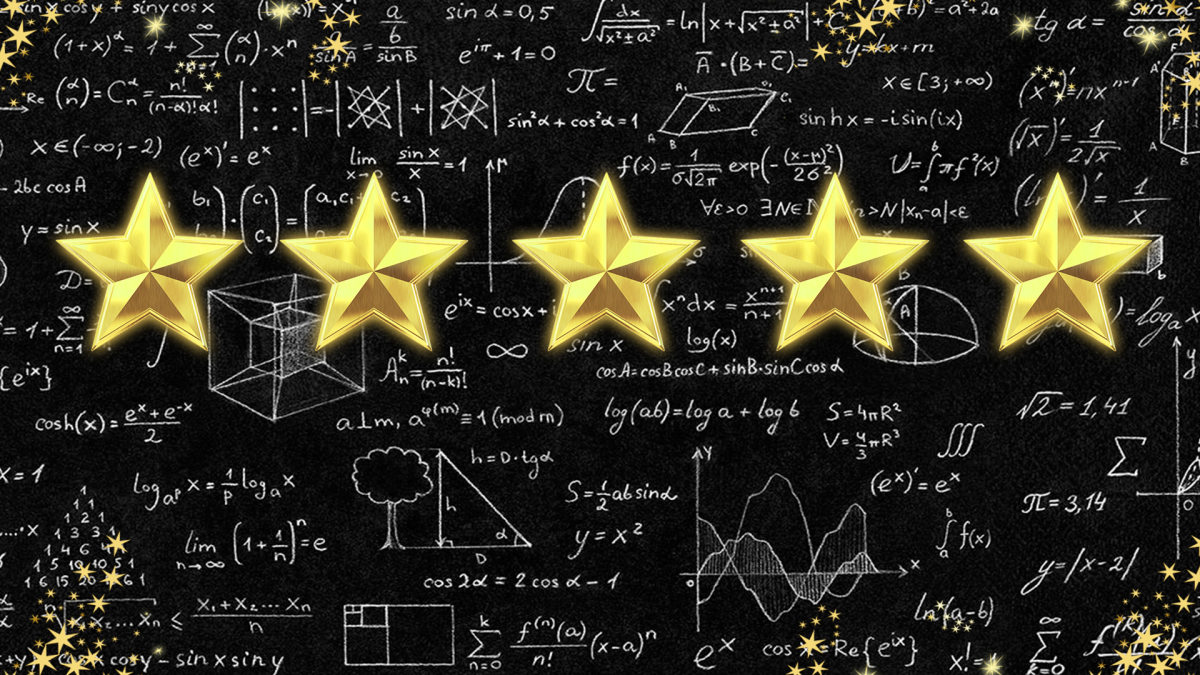This is the planning and set-up stage for an experiment to see which type of gardening is the most sustainable and produces the best results. You will need to either choose or have students help
The students design and test a catapult using simple materials like popsicle sticks and rubber bands. They learn about the history of catapults and also about the physical science concepts related to
Rad Roller Coasters Part 2 comes at the end of our paper roller coaster project. Students will collect data on their coaster and use that to calculate velocity, potential energy and kinetic energy
This lesson is for a multi-day project where student groups will plan, design, and build roller coasters out of paper and tape. It tests their knowledge of Physics and Engineering Design.
This lesson allows students to explore and build a tangible understanding of how and why changing side lengths impacts the overall volume of a rectangular prism. Students will explore how ratio
What is a geometric shape? Observe and discuss a variety of geometric shapes. Similar/different? Mathematical geometry vocabulary/activities with shapes Engineering a geometric playground Share or
This lesson will implement chain reactions and simple machines into a Rube Goldberg invention. Students will learn about the Rube Goldberg and his crazy inventions. They will then create their own
Students will be learning about the Fibonacci mathematical design pattern. They will learn about the 3 different mathematical Fibonacci sequence designs, vocabulary, and creating their own art
The basics of natural selection will be highlighted using the Natural Selection PhET simulation where students complete a series of challenges. As a result of this experience, students will be able to
The basics of natural selection will be highlighted using the Natural Selection PhET simulation where students complete a series of challenges. As a result of this experience, students will be able to
In the lesson, students will be able to build and explore how fractional edge lengths impact the overall volume of a figure. Students will gain a tangible understanding of how fractional edges impact
In this lesson, students will build irregular figures using Magna-Tiles. Students will collaborate, discuss, and debate with peers to find multiple ways to calculate the volume and surface areas of
7th Grade students will apply what they have learned about electricity and magnetism to understand electromagnets. Students will explore electromagnets and investigate the factors that affect the
This hands-on lesson engages students by having them give each other instructions to complete a task. They read about coding and code for a Sphero bot to navigate a course using math to calculate
This is the first part a fun beginning introduction to engineering. In this lesson, students will create a board game with recycled material based on a story they have made. Links to the 2nd lesson
In this engaging lesson, students use their knowledge from the 2 previous lessons to design, draw blueprints, and build a load bearing bridge. Link to view all lessons is included!
Students will follow the Engineering Design Process to create a hoop glider out of straws and index cards and explore the forces of flight. Students will work on the 4Cs skills as they work together
Students will follow the Engineering Design Process to create a hoop glider out of straws and index cards and explore the forces of flight. Students will work on the 4Cs skills as they work together
Students will follow the Engineering Design Process to create a hoop glider out of straws and index cards and explore the forces of flight. Students will work on the 4Cs skills as they work together
Students will follow the Engineering Design Process to create a hoop glider out of straws and index cards and explore the forces of flight. Students will work on the 4Cs skills as they work together
In this hands-on lesson, students explore designing bridge prototypes with spaghetti to find weak points and redesign a new prototype. This is the 2nd lesson in a series of 3.
Students work in groups of 2-3 and use Bee-Bot robots to practice using a map key and symbol cards to program the Bee-Bot to find locations on a map. Students program, test, and modify their algorithm
It's LEGO time! In this hands-on lesson, students design robot cars that can park themselves safely without driver intervention. This can be done with LEGO EV3 or Spike Prime robots. Let the challenge
In this engineering design activity lesson, students will first learn about Civil Engineers. Then, students will be given an engineering challenge to design a tower with specific constraints. They are
Featured Lesson Plans
Check out these notable lesson plans.

Animals and Resources: Lesson 1
This is lesson 1 of the Life Science Unit. Links to all lessons included! In this lesson, students engineer a bird feeder to help birds access resources to survive. Optional fiction read-alouds

Quail Farming
Students will learn about the three pillars of sustainability through their quail farm. They will incubate, raise and restock their quails in order for them to be sustainable regardless of what

Ozobot Karaoke
In this lesson, students will combine the fields of coding and robotics with music to program an Ozobot to "sing" a familiar song. Students will learn about music concepts such as notes and octaves
